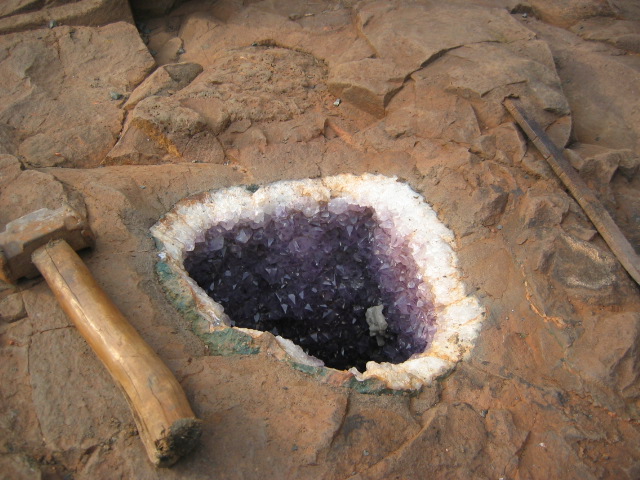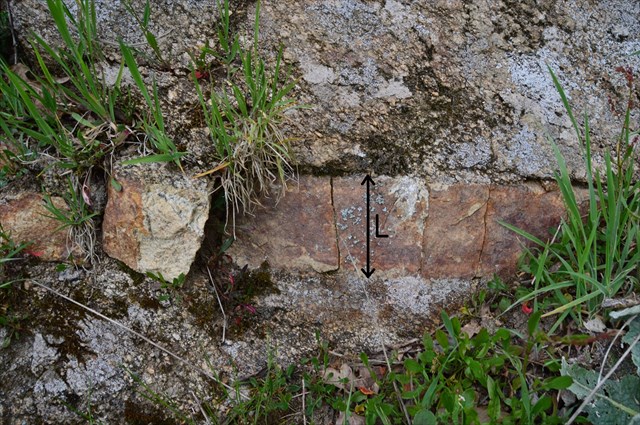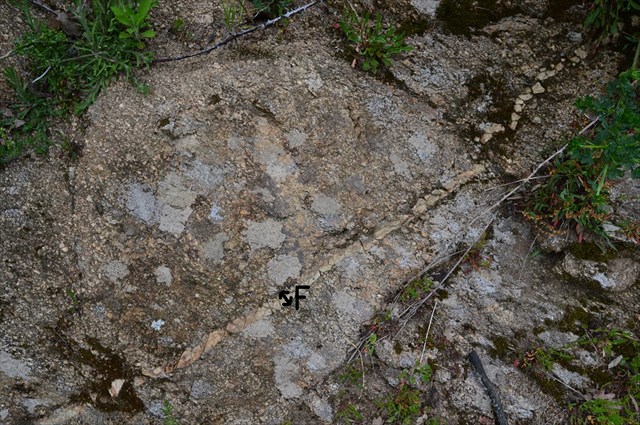Le Verdon / The Verdon
Vous aurez de quoi faire une belle promenade au calme au bord de ce lac du Verdon qui est aussi une zone naturelle protégée. Elle accueille de nombreuses espèces d'oiseaux !
This is a place where you can have a nice walk around this lake of Verdon, which is also a natural protected area. There are many species of birds living there!

Pour répondre aux questions de cette Earthcache, il faudra vous munir d'un mètre-ruban ou d'une règle. Une loupe pourrait également vous aider dans vos observations.
Les chiens doivent être tenus en laisse, ou en tout cas, être bien maîtrisés ! (notamment pour ne pas déranger les oiseaux)
Ca passe difficilement en poussette à un ou deux endroits... je ne conseille pas de s'y rendre avec de très jeunes enfants (j'ai mis une cotation Terrain 2).
To answer the questions of this Earthcache, you will need a ruler. You may also need a magnifying glass to make your observations easier.
Dogs shall be leashed, or at least be well bred and not run everywhere! (this is to avoid to disturb the birds)
It may be difficult to access the spots with stroller because of the difficult small path at one or two places. I recommend not to go there with very young children (Terrain rate is T2).
Qu'est-ce qu'un filon ? / What is a vein in geology?

Source Wikipedia : Filon de pegmatite
Un filon est une lame de roche incorporée dans une autre plus ancienne, appelée l'encaissant, et correspond le plus souvent au remplissage d'une fracture (faille, diaclase) ; les roches présentes sont soit d'origine magmatique (pegmatite dont les failles de retrait dues à son refroidissement sont remplies par un magma tardif), soit métamorphique après remaniement de l'encaissant lui-même.
Le remplissage d'un filon à la texture microgrenue contient le plus souvent des substances utiles (métaux, minéraux).
In geology, a vein is a distinct sheetlike body of rock within another (older) rock. It is usually created when a diaclase (= fracture) is filled in. The origin of the rocks is either magmatic (pegmatite whose withdrawal flaws due to its cooling are fulfilled by a late magma), or metamorphic after modification of the oldest rock.
The filling of a vein with a microgranular texture generally contains substances like metals and minerals.
Qu'est-ce qu'une géode ? / What is a geode?

Source Wikipedia : Géode d'améthyste
Une géode est une cavité rocheuse tapissée de cristaux souvent automorphes et d'autres matières minérales. La géode n'est pas un minéral distinct mais une composition de formations magmatiques, cristallines et/ou sédimentaires largement répandue à travers toute la planète. C'est également la source principale des minéraux des collections minéralogiques car c'est un milieu optimal pour les formations minérales diverses.
Les géodes ont tendance à se développer plus facilement dans des filons de minéraux et se localisent généralement vers le centre de ceux-ci, car elles correspondent au dernier stade de cristallisation. Pour ce qui concerne les roches sédimentaires, les géodes se développent plutôt dans les fractures, car c'est là que circulent les fluides.
La croissance d'un cristal se fait par accrétion autour d'un germe de croissance, qui peut être une impureté voire un microscopique cristal de la même espèce. Cette croissance se fait normalement sur base d'eau à des conditions de température et pression assez précises selon le cristal.
A geode is a cavity in a rock, lined with crystals and other minerals. The geode is not a distinct mineral but a composition of magmatic, crystalline and/or sedimentary formations, widespread throughout the world. It is also the main source of mineralogical collections of minerals because it is an optimal medium for the various mineral formations.
Geodes tend to develop more easily in mineral veins and are usually localized to the center of these, as they are for the last stage of crystallization. Regarding the sedimentary rocks, geodes will rather develop in fractures, because that's where the fluids flow.
A crystal grows by accretion around a growth seed , which may be an impurity or a microscopic crystal of the same species. This growth is normally based on accurate conditions of water temperature and pressure, according to the crystal.
Questions
Waypoints :
WP1 Waypoint 1 N 47° 00.290 W 000° 46.397
WP2 Waypoint 2 N 47° 00.264 W 000° 46.520
WP3 Waypoint 3 N 47° 00.262 W 000° 46.523
Pour cette série de questions, voici des photos qui vous seront nécessaires :
Here are the photographies which are necessary to answer the following questions:
Photo A :

Photo B :

Photo C :

Question 1-a: À quel Waypoint (WP), pouvez-vous observer la photo A ?
Question 1-b: Qu'est-ce qui différencie la roche du filon de celle de son encaissant ? Si vous le voulez, faites une hypothèse sur sa nature. Décrivez au moins son aspect.
Question 1-c: Donnez en mm votre mesure de la hauteur L.
Question 2-a: À quel Waypoint (WP), pouvez-vous observer la photo B ?
Question 2-b: Qu'est-ce qui différencie la roche du filon de celle de son encaissant ? Si vous le voulez, faites une hypothèse sur sa nature. Décrivez au moins son aspect.
Question 2-c: Donnez en mm votre mesure de la hauteur F.
La photo C est une géode de quartz, observez les cristaux
Question 3-a: À quel Waypoint (WP), pouvez-vous observer la photo C ?
Question 3-b: Donnez en mm votre mesure de la hauteur H.
Question 1-a: At which Waypoint (WP), can you see the photography A?
Question 1-b: What are the differences between the rock in the vein and the rock mainly present? If you can, try to identify the kind of rock in the vein. At least describe its aspect.
Question 1-c: Give in mm the measure of the height L.
Question 2-a: At which Waypoint (WP), can you see the photography B?
Question 2-b: What are the differences between the rock in the vein and the older rock? If you can, try to identify the kind of rock in the vein. At least describe its aspect.
Question 2-c: Give in mm the measure of the height F.
The photography C is a geode of quartz, look at the crystals.
Question 3-a: At which Waypoint (WP), can you see the photography C?
Question 3-b: Give in mm the measure of the height H.
Pour loguer / How to log
Loguez cette cache "Found it" et envoyez-moi vos propositions de réponses soit via mon profil, soit via la messagerie geocaching.com (Message Center), et je vous contacterai en cas de problème.
Once you have come and got the answers, you can log "found it" and send me your answers either using the email in my profile or using the geocaching.com message center, then I will contact you if there is a problem.
Bon earthcaching à tous ! Happy earthcaching!